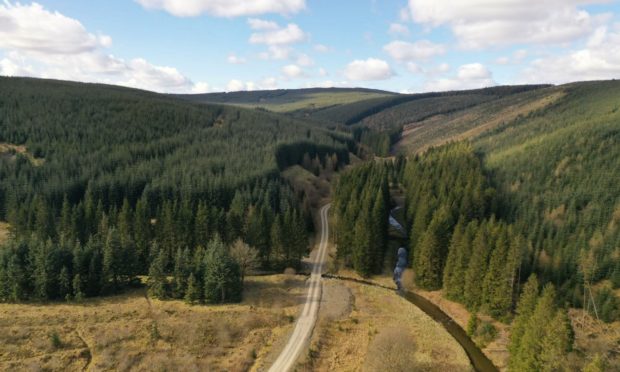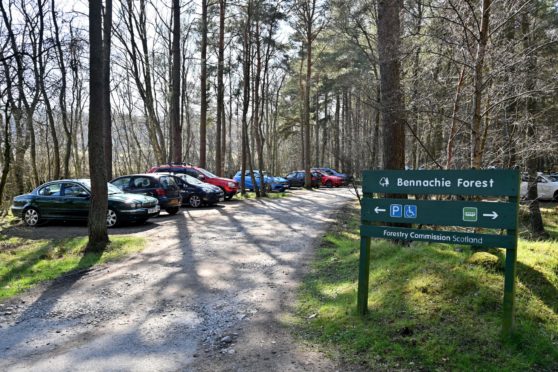Aberdeen researchers will join a UK-wide project looking at the role trees can play in tackling climate change.
Aberdeen University researchers will work with national partners to develop innovative tools and approaches that will help trees and woodlands adapt to climate change.
It is hoped this new initiative will enable the UK to reach net zero greenhouse gas emissions.
They are one of six research projects sharing in £10.5 million funding from UK Research and Innovation to improve understanding of issues ranging from tree planting targets and capturing greenhouse gases to improve wellbeing.
The three-year project will be called Voices of the Future: collaborating with children and young people to reimagine treescapes.
Learning for sustainability
Aberdeen researchers will join Manchester Metropolitan University, Natural England and Forest Research among others to support and examine young people’s knowledge and experiences of treescapes.
They will then bring these together with innovative scientific expertise of how trees adapt to and mitigate climate change, advancing new approaches to creating and caring for resilient treescapes.
SNP minister says COP26 is ‘one of our last chances’ to avert climate disaster
The Aberdeen team will draw on the north-east’s natural resources, including Bennachie.
Working with Aberdeen City Council, primary schools and a storyteller they will create new narratives about urban trees.
Elizabeth Curtis, from the university’s school of education said: “This is an exciting opportunity for children, and their teachers to investigate the contribution of trees in learning for sustainability.
“Through arts-based learning young people will explore the science and heritage of trees across cultural imaginations and how they have become an integral part of the cityscape.
“Working alongside a range of tree experts children will learn about and become community advocates for the role of trees in their everyday lives, for future well-being and employment.”
Historical understanding
Meanwhile, in Aberdeenshire, the team will build on long-standing community research around Bennachie to explore woodland histories and imagine new landscapes.
The project will build on historical understanding of these important landscapes. Researchers will analyse peat cores to discover more about woodlands in the past.
This will then support discussions of possible futures for these habitats, such as increased business and employment opportunities for young people.
Ed Schofield, from the school of geosciences said: “In order to better anticipate how woodlands might respond and be managed effectively in the face of climate change, it is first important to have knowledge of how these habitats and their component species changed in the past.
“As the future custodians of woodlands, this project will help young people develop a better understanding of British woodland history going back many thousands of years.”
Jo Vergunst of the department of anthropology believes that woodland areas offer good opportunities for learning because they are “less structured and more accessible” than other parts of the landscape.
He added: “As we’re going to need more trees as part of climate change mitigation, there may be the potential to change our whole relationship to landscape.”











